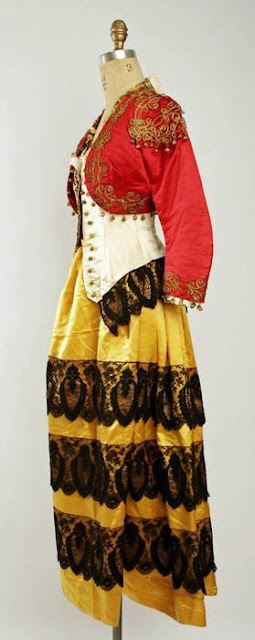
...And our present to you is Jennie.
Winston Churchill would be 144 years old today...so to celebrate, Penguin Random House is giving away 5 ADVANCE COPIES of THAT CHURCHILL WOMAN. Click on this link and enter to win!
 |
| Jack, Jennie, and Winston Spencer-Churchill, 1886 |
Jennie and I have our fingers crossed for you!
























































